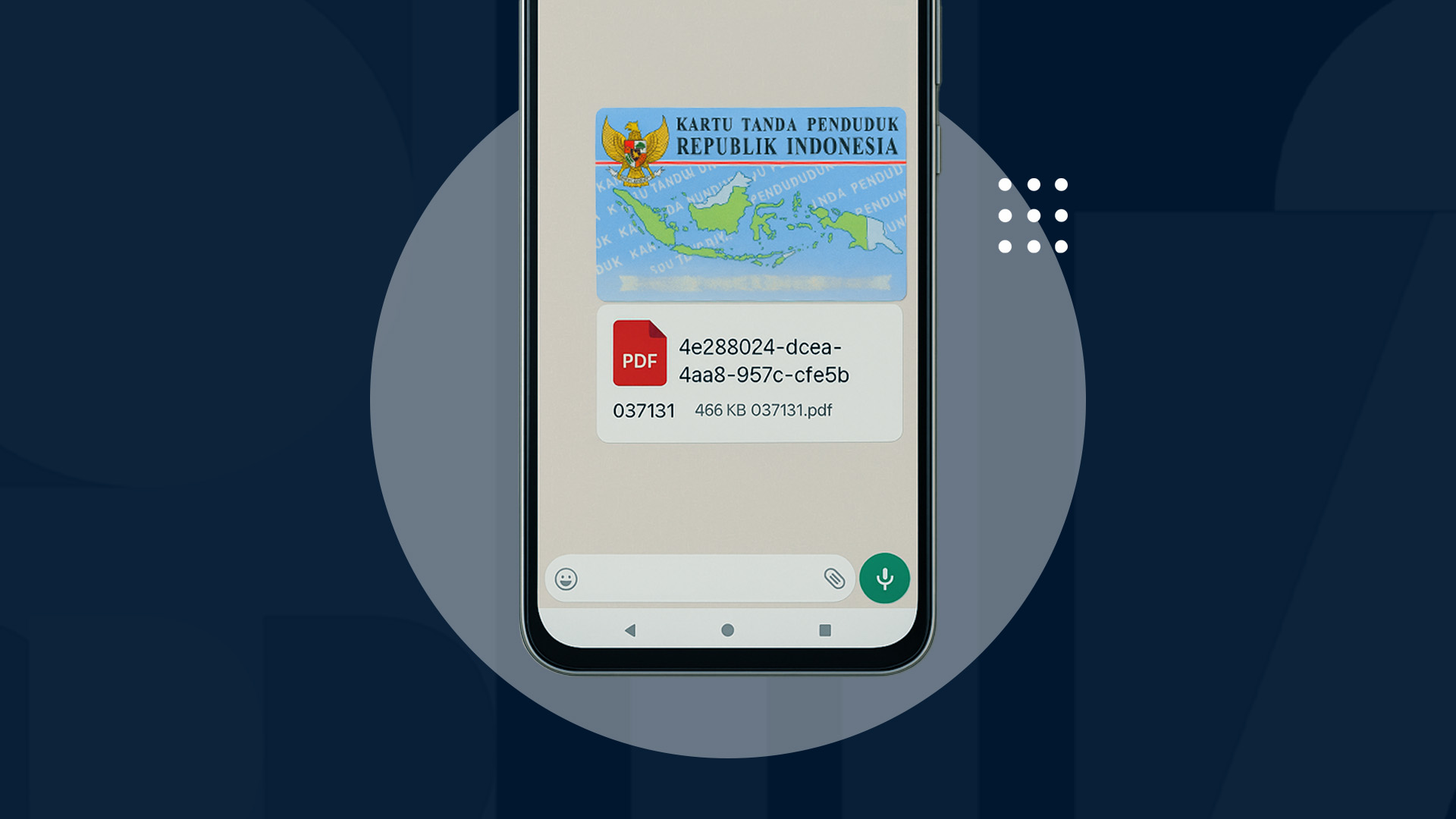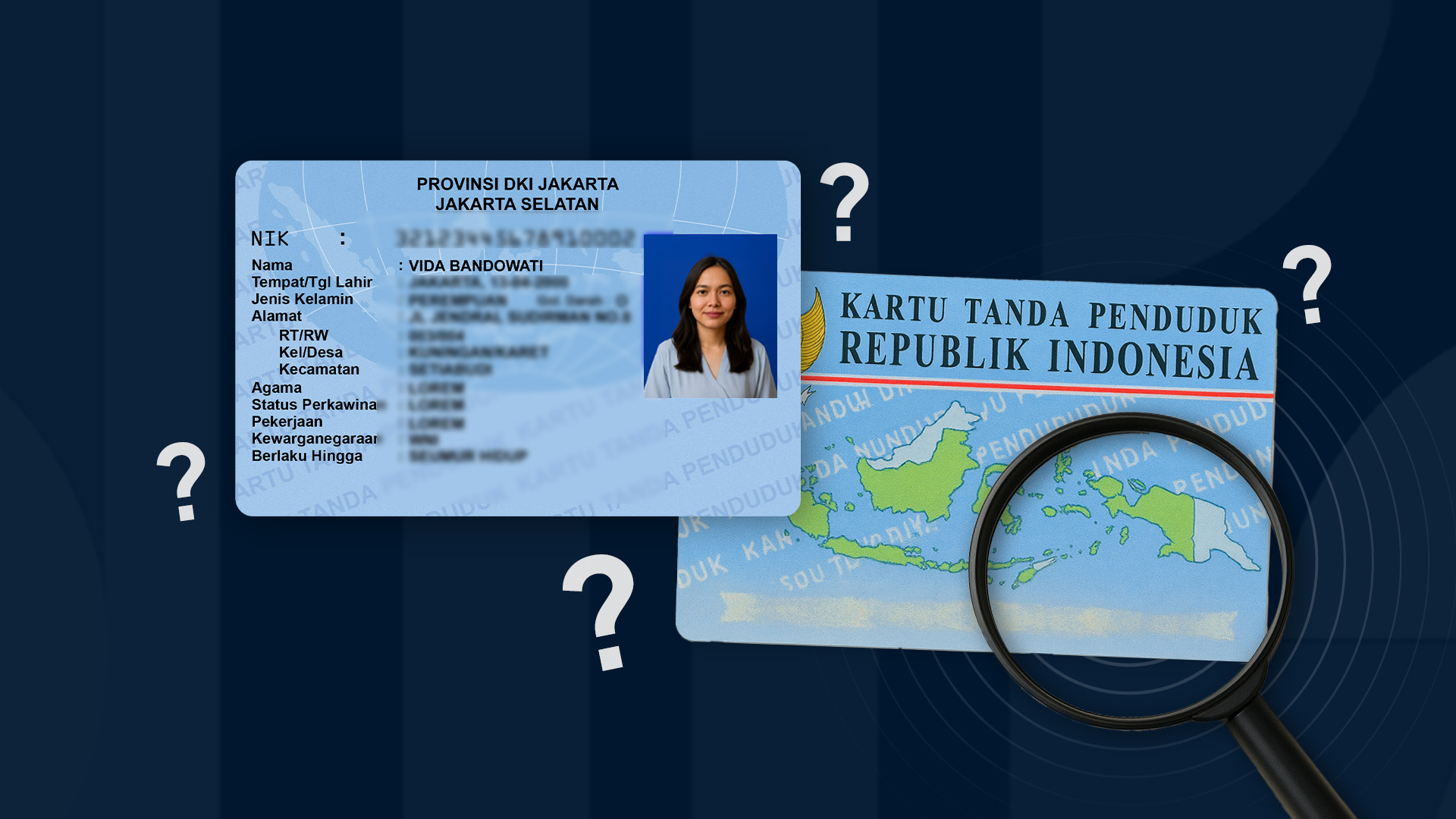In the business world, partnerships are inevitable. From company collaborations, product distribution, to service procurement, all require a clear legal foundation to ensure both parties feel safe and protected. One of the most essential documents is the partnership agreement.
A business that doesn’t prepare a contract when dealing with other parties will face obstacles in building long-term cooperation.
This article explains what a partnership agreement is, the types of business dealings that require it, and of course, some sample templates you can use as references. Let’s dive in!
What Is a Partnership Agreement?
A partnership agreement is a written contract between two or more parties who wish to collaborate in a specific matter. This agreement is binding, requiring all parties to fulfill their rights and obligations as agreed.
The purpose of a partnership agreement is to provide legal certainty, prevent misunderstandings, and serve as proof in case of disputes.
This document is legally valid, meaning it can be used as a legal defense if one party fails to meet its obligations. Therefore, a partnership contract must be written clearly, completely, and signed by all involved parties.
Business Dealings That Require a Partnership Agreement
Not every collaboration needs to be formalized in a contract, especially informal partnerships. However, for matters that involve significant assets, time, or responsibilities, a formal contract is highly recommended.
Examples include:
-
Product sales or distribution partnerships
-
Procurement of goods and services
-
Franchise or business partnerships
-
Content collaborations or advertising campaigns
-
Leasing or use of company assets
-
Funding or investment agreements
-
Event organizer and client agreements
-
Joint ventures
-
Digital platform and content partner agreements
-
Licensing or product permit agreements
Key Elements in a Partnership Agreement
To ensure a partnership agreement is legally valid and avoids ambiguity, these essential elements must be included:
-
Identities of the Parties
Include full names, addresses, legal IDs (KTP/NIB/company deed), and legal status or position. Typically, the parties are referred to as “First Party,” “Second Party,” etc. -
Scope of Partnership
Clearly describe the form of cooperation, each party’s roles, and boundaries of authority. -
Duration of the Agreement
State the start and end dates, as well as terms for extensions or early termination. -
Rights and Obligations
Outline the responsibilities, distribution rights, revenue sharing, and service standards that must be upheld by each party. -
Value and Payment Scheme
Specify payment amounts, schedules (monthly, 30/60-day terms, etc.), and methods (bank transfer, invoice). -
Sanctions and Dispute Resolution
Define penalties for breaches, including fines, penalties, mediation, or arbitration procedures. -
Confidentiality and Non-Disclosure
If sensitive data or business strategies are involved, include a clause protecting confidentiality and ensuring mutual consent. -
Contract Termination
Explain how the contract can be terminated—whether due to expiration, mutual agreement, or major violations. -
Signatures and Stamps
The agreement must be signed by all parties, and if necessary, affixed with an e-stamp or physical stamp duty to ensure legality.
4 Common Partnership Agreement Examples
Here are some sample templates based on different types of business arrangements. You can adjust the contents to fit your needs:
1. Product Sales Agreement
Title: Product Distribution Partnership Agreement
Parties:
-
First Party: PT ABC (product owner)
-
Second Party: Toko XYZ (distribution partner)
Key Terms:
-
Second Party may sell First Party’s products in the Greater Jakarta area.
-
Profit sharing: 70% (First Party), 30% (Second Party).
-
Contract valid for 12 months, renewable.
-
Products must be sold at the retail price set by First Party.
Signed with stamp duty, including date, place, and witnesses if necessary.
2. Construction Project Agreement
Title: Construction Project Partnership Agreement
Parties:
-
First Party: PT Properti Maju
-
Second Party: CV Konstruksi Jaya
Key Terms:
-
Three-story building project starts February 1, 2025.
-
Project value: IDR 3,000,000,000 with staged payments per milestone.
-
Second Party is responsible for quality and safety.
-
Project must be completed within 8 months.
Signed with stamp duty, including date, place, and witnesses if necessary.
3. Design Service Agreement
Title: Graphic Design Service Partnership Agreement
Parties:
-
First Party: PT Kreatif Muda
-
Second Party: Design Studio ABC
Key Terms:
-
Services include logo design, branding, and promotional materials.
-
Fee: IDR 25,000,000 paid in two installments.
-
All design outputs become the full property of PT Kreatif Muda.
-
Maximum of three revisions per design.
Signed with stamp duty, including date, place, and witnesses if necessary.
4. Franchise Agreement
Title: Beverage Brand Franchise Agreement
Parties:
-
First Party: PT Segar Sejati (brand owner)
-
Second Party: Mr. Dedi Santoso (franchisee)
Key Terms:
-
Initial franchise fee: IDR 75,000,000.
-
Monthly royalty: 5% of net sales.
-
Franchisee must follow SOPs and training from First Party.
-
Contract valid for three years and renewable.
Scan and Sign Agreement Digitally
Once a partnership contract is finalized, don’t forget the most important step: signing and securely storing it.
It’s best to store agreements in digital format for easy access. For validation, use a legally recognized digital signature to speed up the administrative process.
You can scan documents and sign digitally in one app—VIDA. Digital signatures cannot just be made arbitrarily; they must be legally certified. VIDA is officially certified by Kominfo (as a PSrE), meaning signatures created with VIDA are legally valid.
With Magic Scan by VIDA, you can scan partnership agreements directly from your phone—no printer or scanner needed. Documents can then be stored in Google Drive for security and easy access.
By scanning with your phone and signing digitally, you can complete partnership agreements faster, more efficiently, and in compliance with the law. No more hassle with manual signatures and document archiving.

.png)


